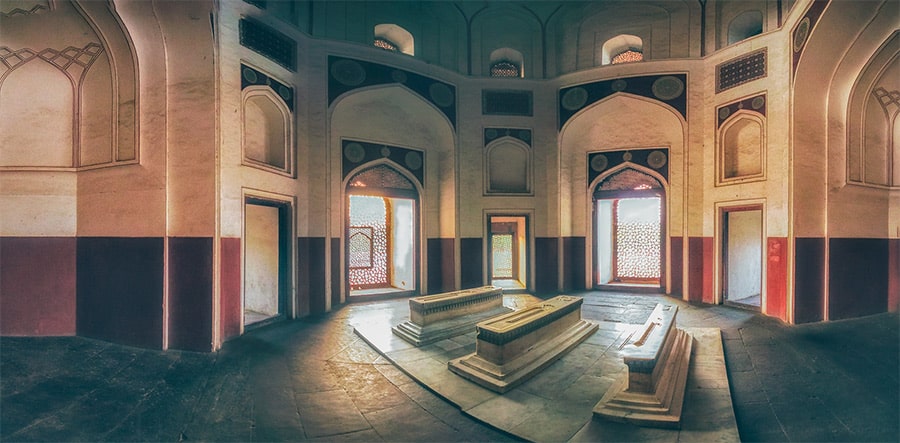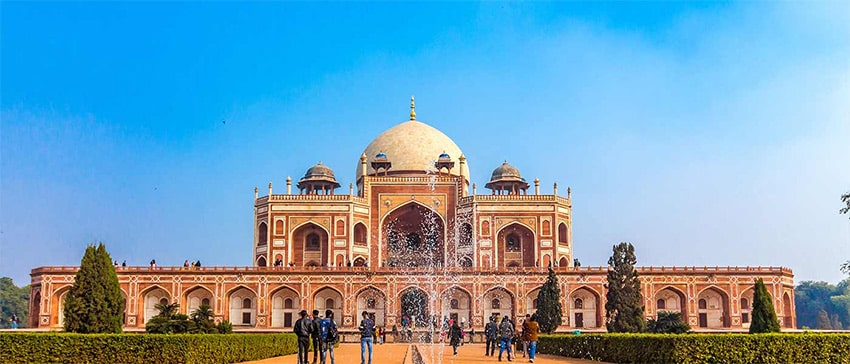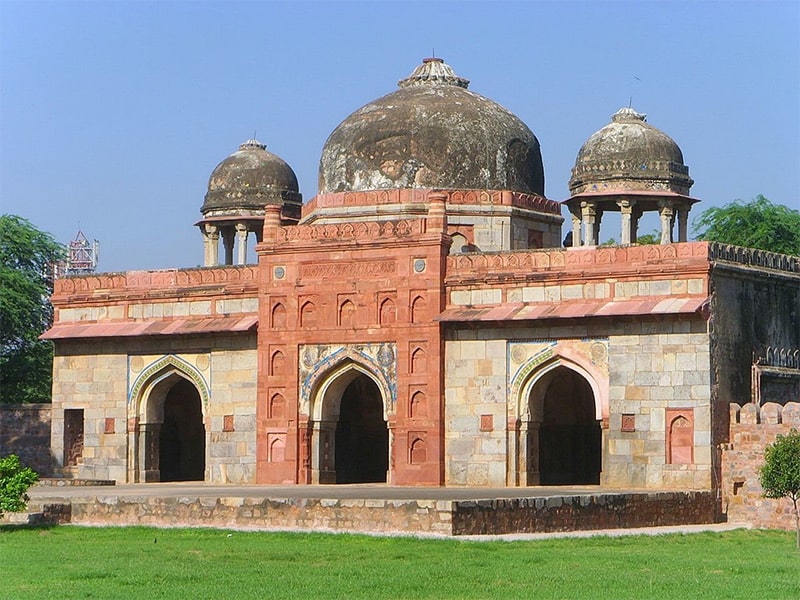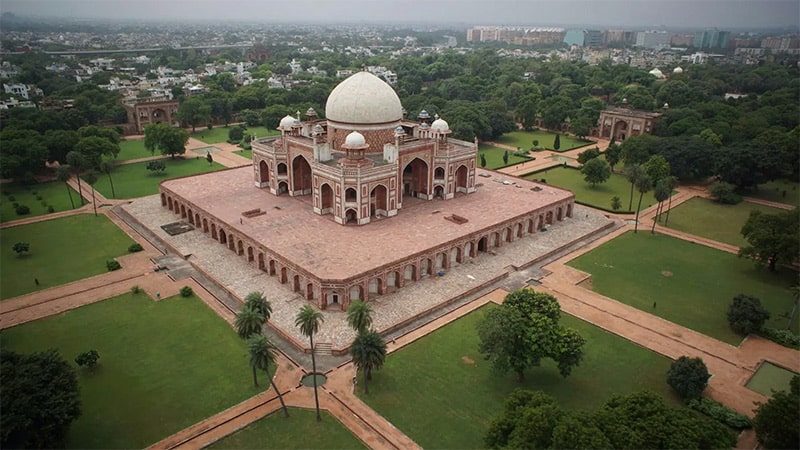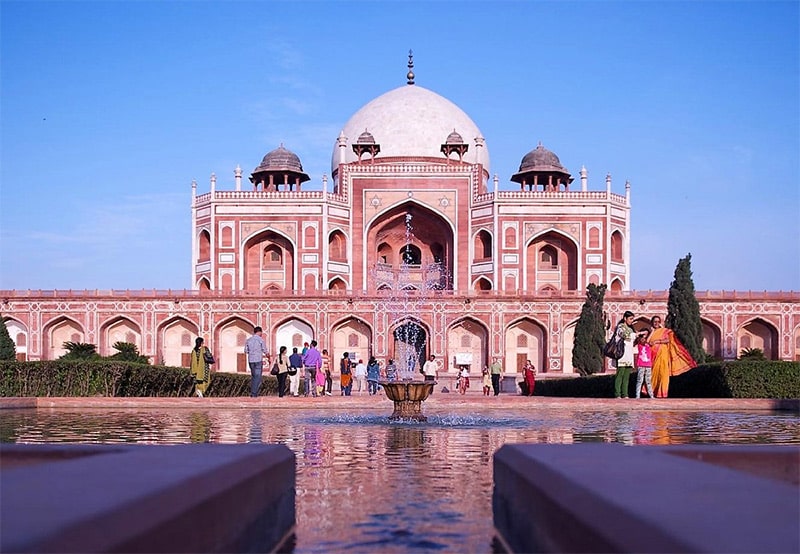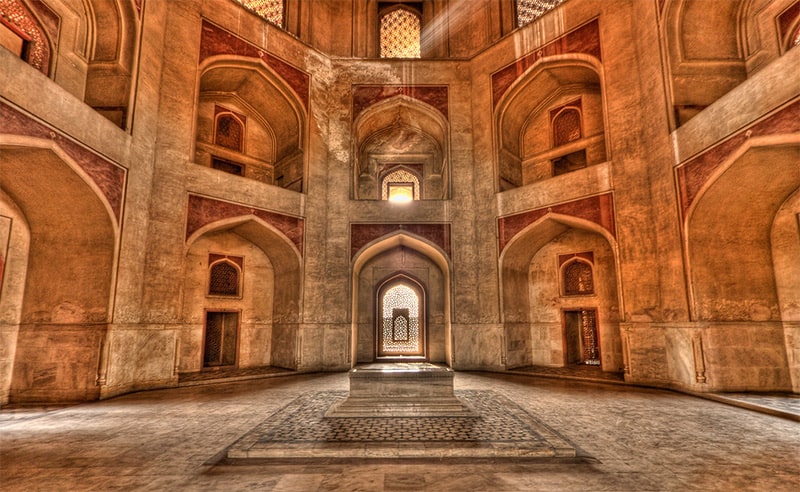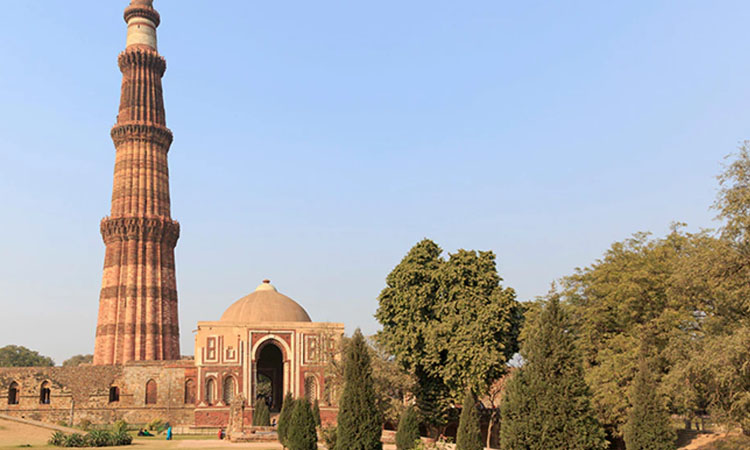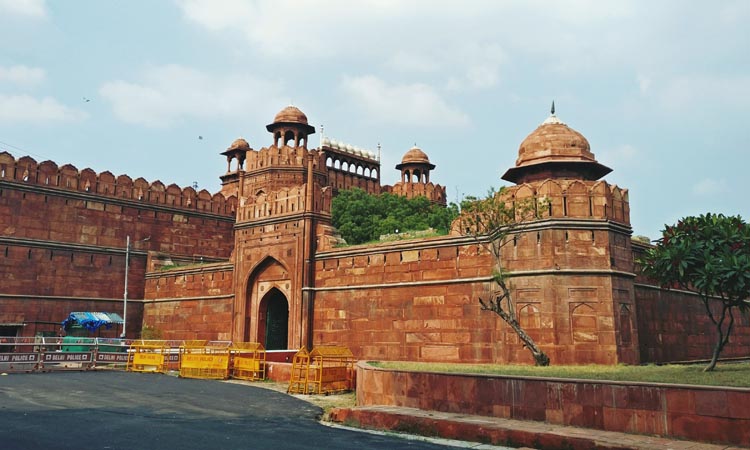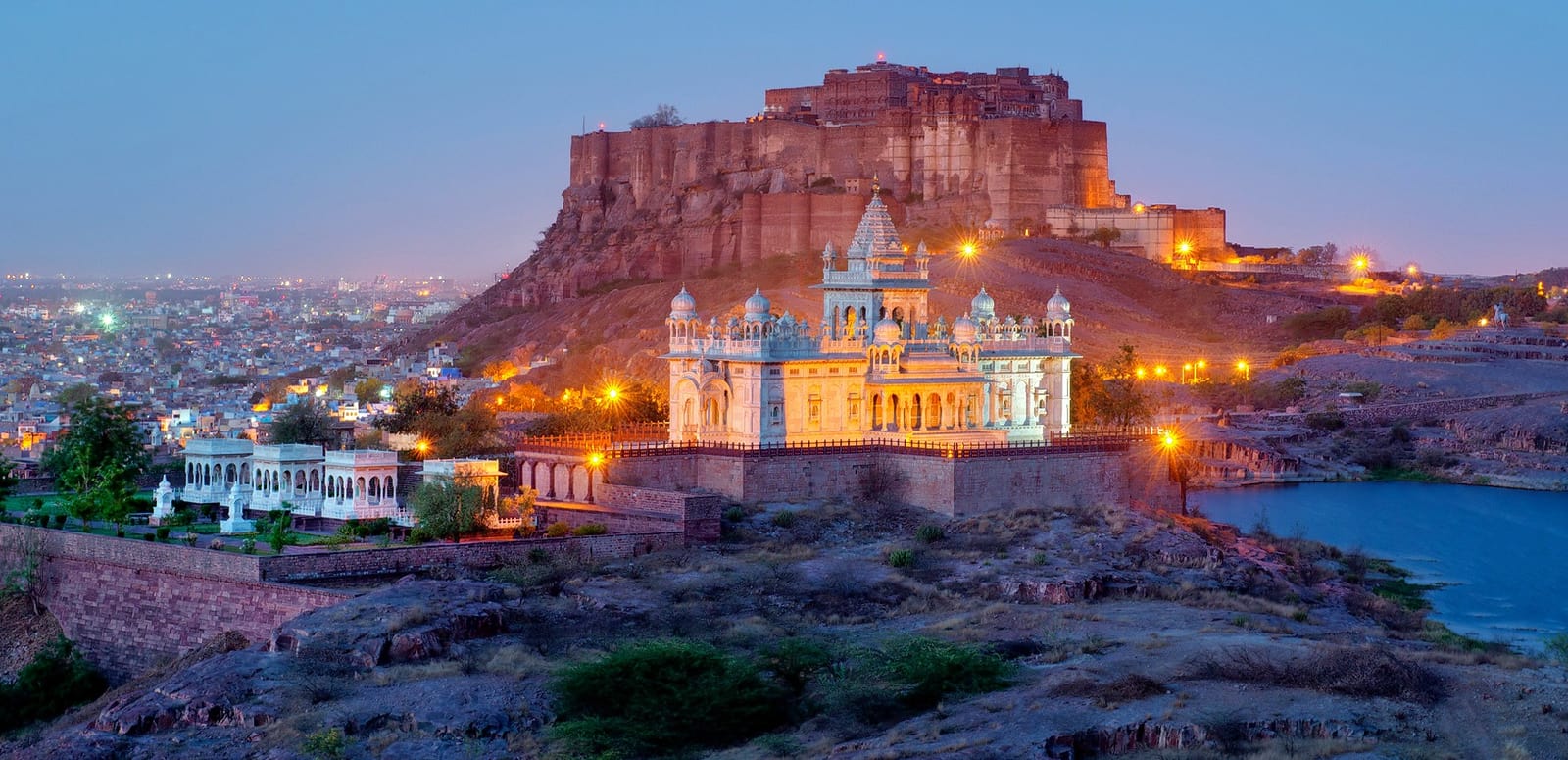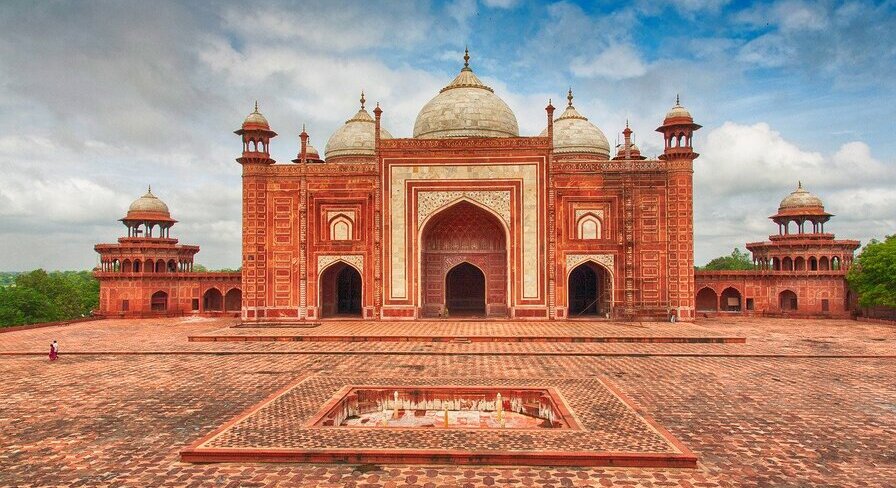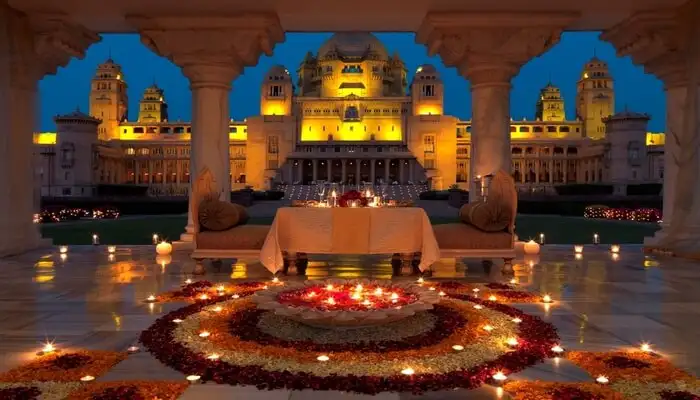Humayuns Tomb
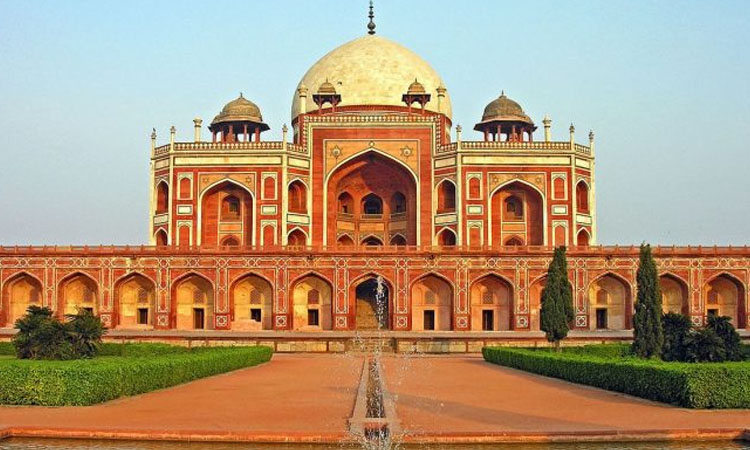
As the name suggests, Humayun’s tomb is the final resting place of the Mughal Emperor Humayun. Located in the Nizamuddin East area of Delhi, it is the first garden tomb in the Indian subcontinent. This splendid piece of architecture was commissioned for construction by Humayun’s chief consort empress Bega Begum in the year 1569-70 and is one of the very few structures that used red sandstone on such a massive scale at that time. Besides being the burial place of Emperor Humayun, the tomb complex also houses the graves of several other Mughal rulers and family members. It is a UNESCO World Heritage Site and is revered for its architectural beauty and historical importance.
The best time to visit Delhi is from October to March when the weather is at its best. During this period flowers are at their blooming best, the weather is pleasent and enjoyable to experience Incredible Delhi.
Travel outstation from Delhi to Agra in a comfortable cab for around ₹3014. Prices may vary depending on traffic and other factors. Delhi to Agra Distance 243km and Delhi to Vrindavan 181.6km.
Nearest Metro Station to Humayun’s Tomb: Dhe closest metro station to the monument is Jor Bagh metro station on the yellow line.
The tomb is built primarily of red sandstone, with white marble embellishments, set within a large Charbagh (four-quartered garden) complex typical of Mughal garden design. It features a central dome surrounded by smaller domes, arches, and intricate carvings. Today, Humayun’s Tomb is a major tourist attraction in Delhi, drawing visitors who admire its grandeur, architectural finesse, and historical significance. It remains a testament to the cultural and architectural legacy of the Mughal Empire in India.

